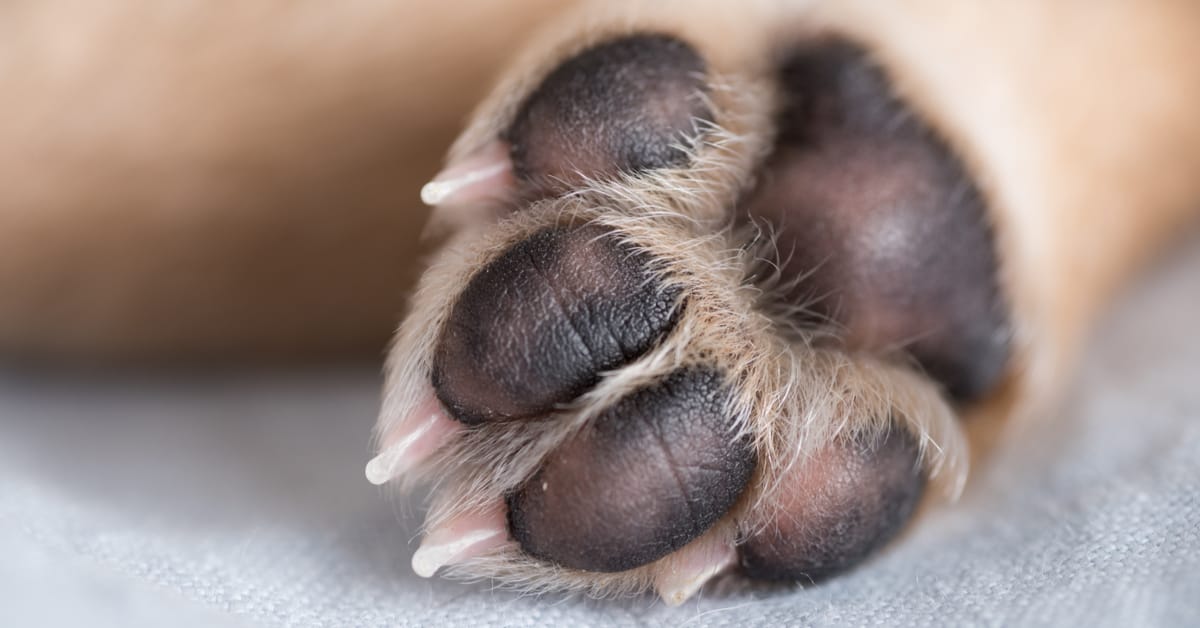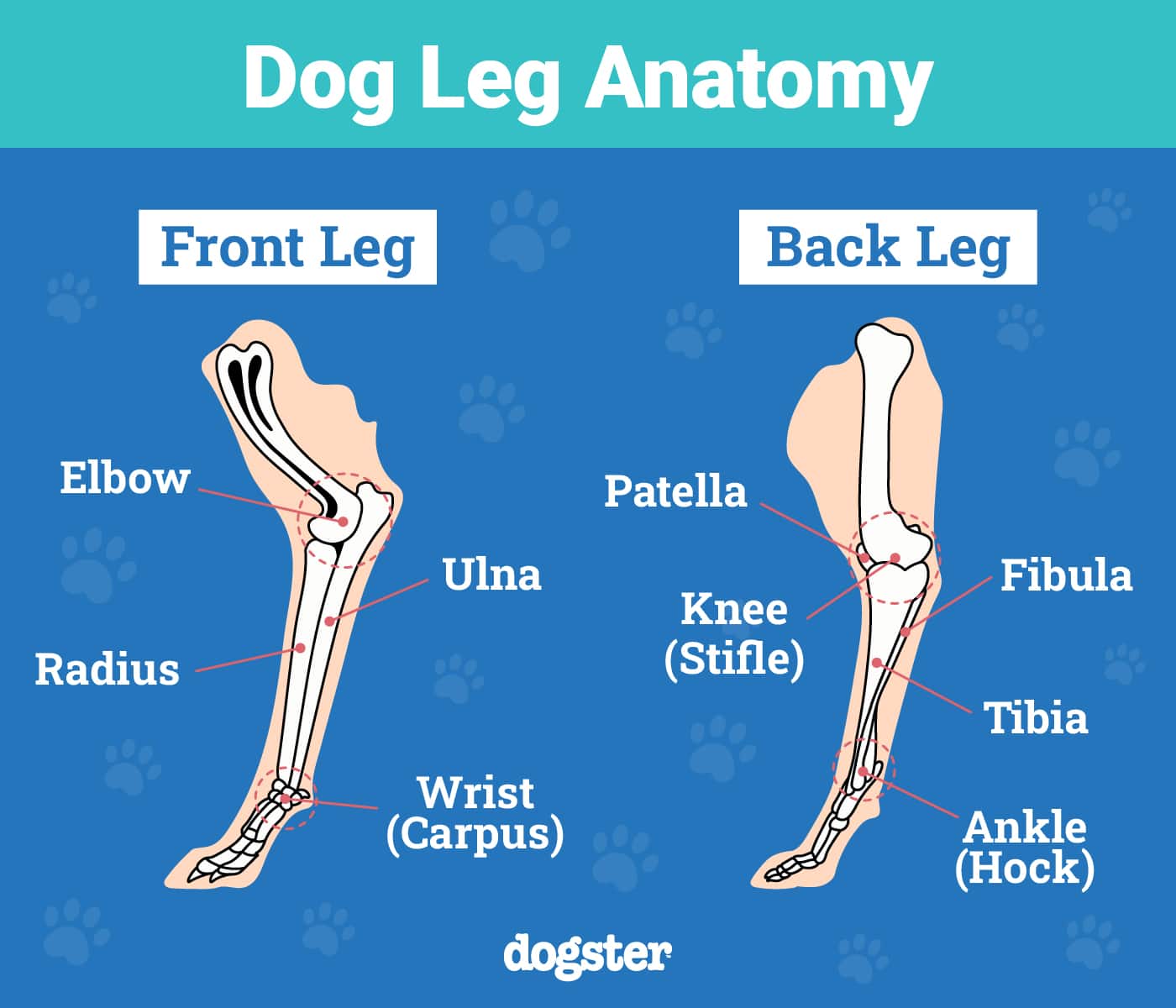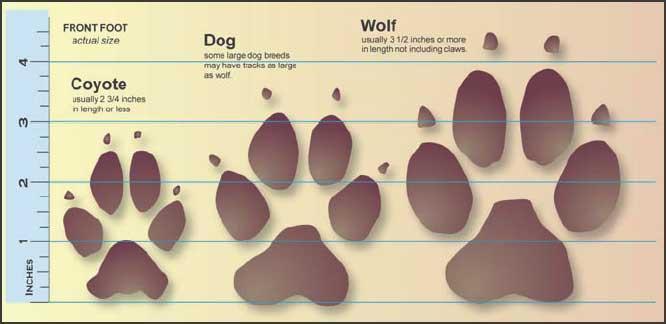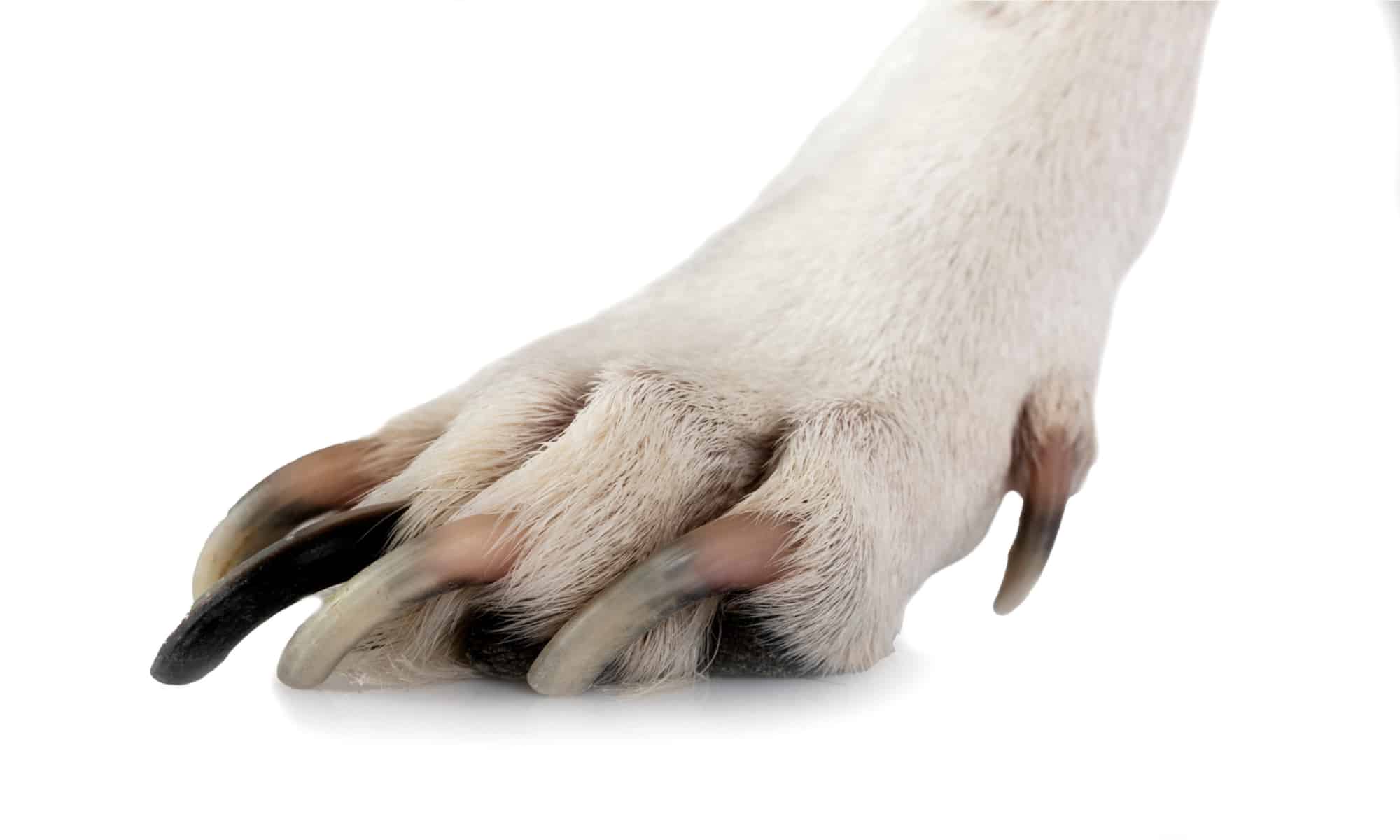How Many Paws Does A Dog Have
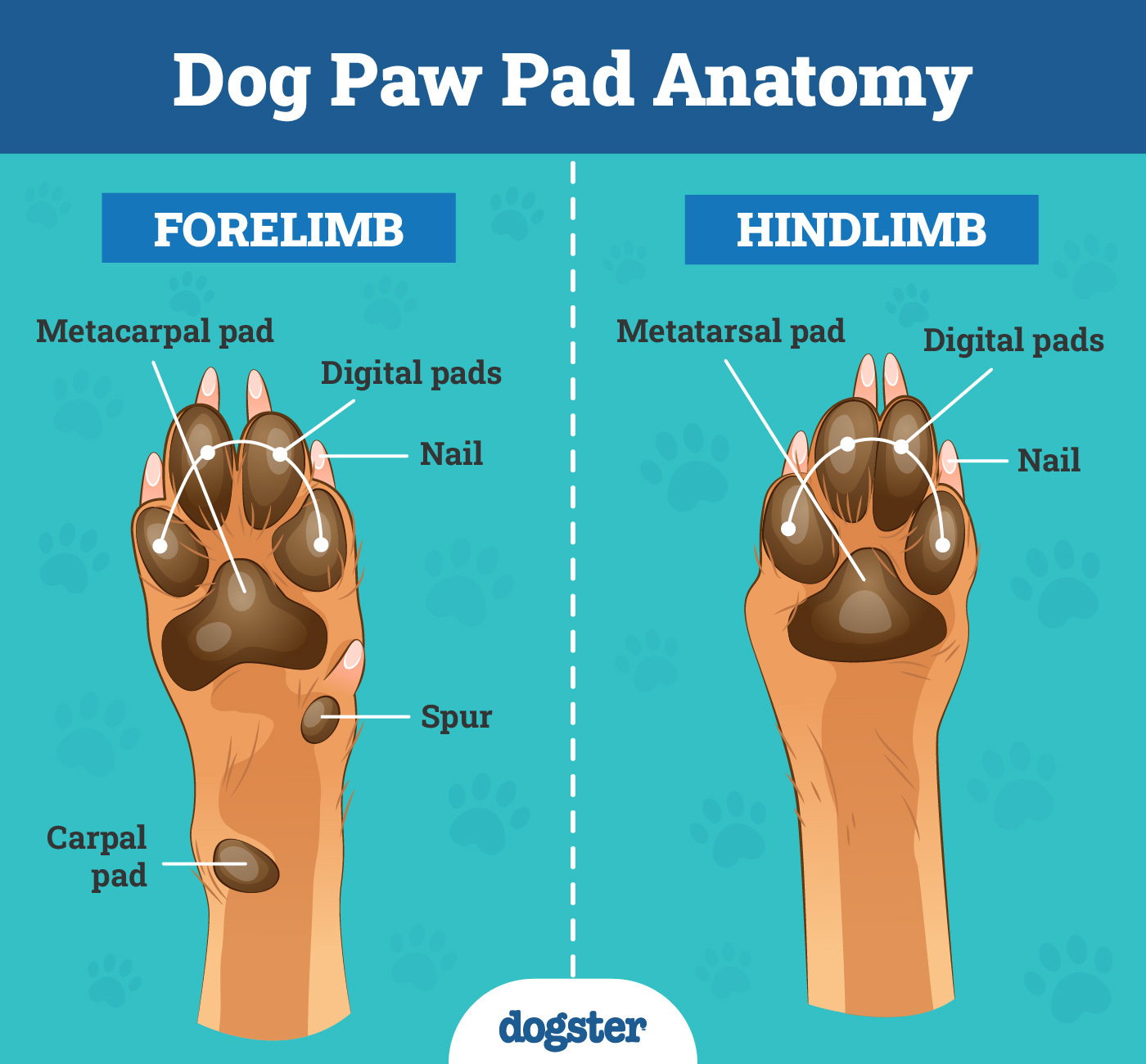
The seemingly simple question, "How many paws does a dog have?" often elicits a confident, almost reflexive answer. Yet, beneath the surface of this elementary query lies a surprising depth, touching upon canine anatomy, breed variations, and even the potential for congenital anomalies or acquired conditions that can alter the expected norm.
This article delves into the fascinating world of canine pedal anatomy, exploring not just the standard configuration of paws on a dog but also examining the deviations and complexities that make each canine unique. We will investigate the typical number of toes, the presence of dewclaws, and the genetic and environmental factors that can influence paw development, providing a comprehensive understanding of this fundamental aspect of canine biology.
The Standard Canine Paw: A Four-Footed Foundation
The typical domestic dog possesses four paws, two forepaws on the front legs and two hind paws on the rear legs. This quadrupedal stance provides the balance and agility necessary for a wide range of activities, from leisurely walks to high-speed chases.
Each paw is a marvel of engineering, designed for shock absorption, traction, and weight distribution. They are also equipped with a unique gripping and clawing system.
Toes and Claws: The Building Blocks of a Paw
The forepaws of a dog typically have five toes, while the hind paws usually have four. Each toe is equipped with a non-retractable claw, which is primarily used for digging, gripping, and providing traction on various surfaces.
The claws are made of keratin, the same material that makes up human fingernails. They grow continuously and require regular trimming to prevent overgrowth and potential injuries.
Dewclaws: An Evolutionary Remnant?
Dewclaws are extra digits that can be found on the inside of the forelegs, and sometimes even the hind legs, of some dogs. These digits are often smaller and less functional than the other toes.
The presence of dewclaws is a common characteristic in many dog breeds, while other breeds lack them entirely. The presence of dewclaws is genetically predetermined.
The function of dewclaws is debated, but they may provide additional traction when running or climbing. In some breeds, they are even used for gripping objects.
Variations and Anomalies: When the Standard Deviates
While most dogs adhere to the standard configuration of four paws with a specific number of toes, variations and anomalies can occur. These deviations can be caused by genetic factors, congenital conditions, or acquired injuries.
Polydactyly, the presence of more than the usual number of digits, is one such anomaly. This is caused by a mutation of the ALX4 gene.
Ectrodactyly, also known as split-hand/foot malformation, is a rare congenital condition characterized by the absence of one or more central digits. This causes a cleft in the paw.
Breed-Specific Traits: Tailored Paws for Specialized Tasks
Different dog breeds have been selectively bred for specific traits, including paw structure, to enhance their performance in various roles. For example, breeds bred for swimming often have webbed feet.
Webbed feet are characterized by skin connecting the toes, providing increased surface area for paddling in the water. Labrador Retrievers and Portuguese Water Dogs are prime examples of breeds with distinct webbing.
Terrier breeds, bred for digging, may have strong, durable claws to aid in excavating prey. Their paws are typically more compact and robust for efficient digging.
Caring for Canine Paws: Maintaining Optimal Foot Health
Regardless of the specific paw configuration, proper care is essential for maintaining the health and well-being of a dog's paws. This includes regular nail trimming, inspection for injuries, and protection from extreme temperatures.
Walking on hot pavement or ice can cause burns or frostbite on a dog's paws. Protective booties can provide a barrier against these environmental hazards.
Regularly cleaning and inspecting the paws for foreign objects, such as thorns or splinters, can prevent infections and discomfort. Prompt veterinary attention should be sought for any signs of injury or infection.
The Future of Canine Paw Research
Advancements in genetics and veterinary medicine continue to deepen our understanding of canine paw development and function. Researchers are exploring the genetic basis of paw variations and the potential for regenerative therapies to treat paw injuries.
Further studies into the biomechanics of canine paws may lead to the development of specialized footwear or prosthetics to improve mobility and performance for dogs with disabilities or specific needs. These may range from enhanced assistance devices to more specialized training methods.
Understanding the intricacies of canine paw anatomy is essential for ensuring the health, well-being, and optimal performance of our canine companions. From the standard four-pawed configuration to the unique variations and anomalies that can occur, the paws of a dog are a testament to the remarkable diversity and adaptability of the canine species.
By continuing to explore the intricacies of canine pedal anatomy, we can provide better care and support for these loyal companions.




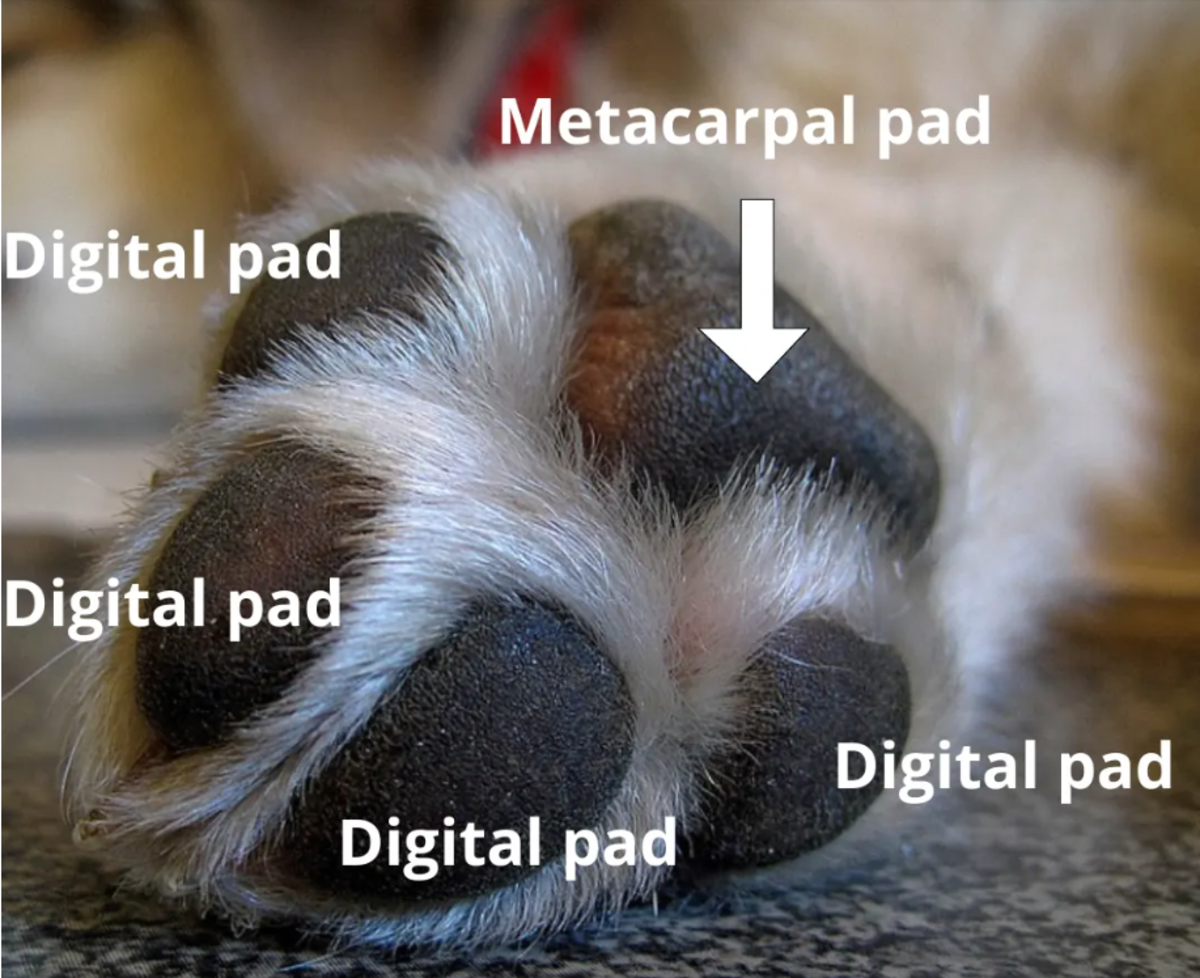
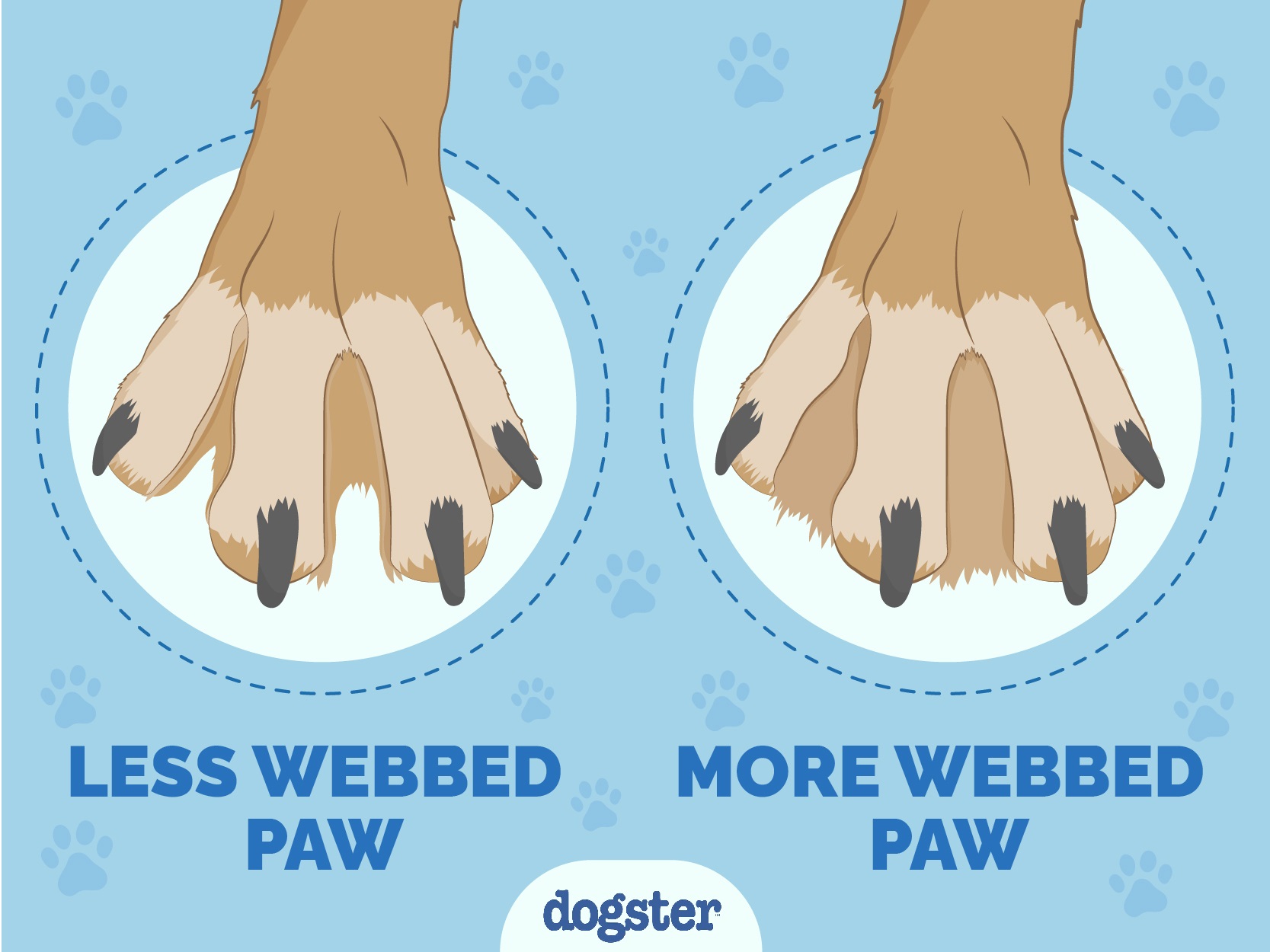
:max_bytes(150000):strip_icc()/__opt__aboutcom__coeus__resources__content_migration__mnn__images__2014__06__paws-parts_0-07e021a2e3904ec3a956c32a955424cb.jpg)




![How Many Paws Does A Dog Have How Many Toes Does a Dog Have? [ANSWERED] - SirDoggie.com](https://sirdoggie.com/wp-content/uploads/2022/04/How-Many-Toes-Does-a-Dog-Have.webp)
